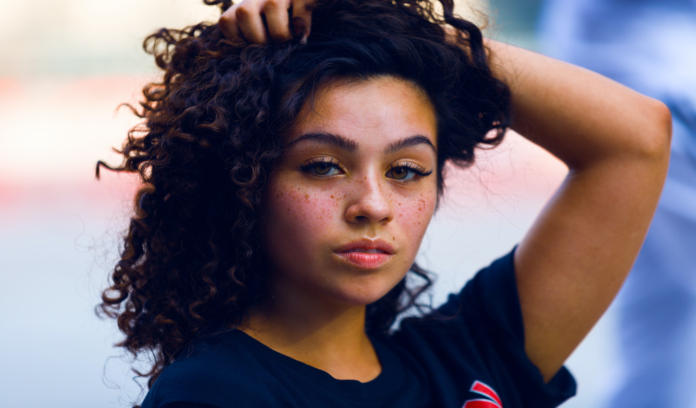We’ll give it to you straight: there’s still a lot to uncover regarding the medical world’s greater understanding of pimples and zits. What we do know is that there’s a correlation between oil production and/or hormones and acne, and that treatments need to be highly customized and often come with some trial and error. We also know that misconceptions about acne are rampant, so today we’re taking a sec to break down the most common myths out there.
The Myth: Acne is a Sign of Poor Hygiene
The ironic part about this myth is that people with acneic skin often have aggressive skincare regimens in their attempt to improve skin clarity. In other words, they might have a more detailed regimen than those with effortlessly flawless complexions!
The Myth: Acne-Prone Skins Should Have an Aggressive Skincare Routine
For mild to moderate cases of acne, it’s often ideal to subscribe to a gentle, nurturing regimen versus a “beat your skin into submission” approach. Also, make sure you’re slathering oil-free, non-comedogenic products and gently exfoliating with a BHA (salicylic acid) or AHA as necessary. You can also incorporate a spot treatment, applied only to blemishes versus the entire face. And don’t forget to moisturize with a non-comedogenic formula.
The Myth: Only Teenagers Get Pimples
If you got to your early 20s and wondered why the heck you were still dealing with pimples, know that you’re definitely not alone. Though acne may be more common in our teenage years due to a mixture of hormones and oil production, anyone at any age is susceptible.
The Myth: You Can Get Fungal “Acne”
This one’s a bit hairy. You might have seen discussions about something called “fungal acne” in beauty forums and magazines, but here’s the thing: fungal “acne” is not really acne at all. Mind blown? Let us explain. While acne vulgaris is caused by a type of bacteria, excess oil, and/or hormones, fungal acne is caused by yeast overgrowth (specifically, the Malassezia yeast). This yeast exists on everyone’s skin, but when there’s an imbalance it can cause some issues.
Also Read: Beauty trends you are about to see everywhere
To look & book wedding venues, vendors services, please log on to wedvendors.com










